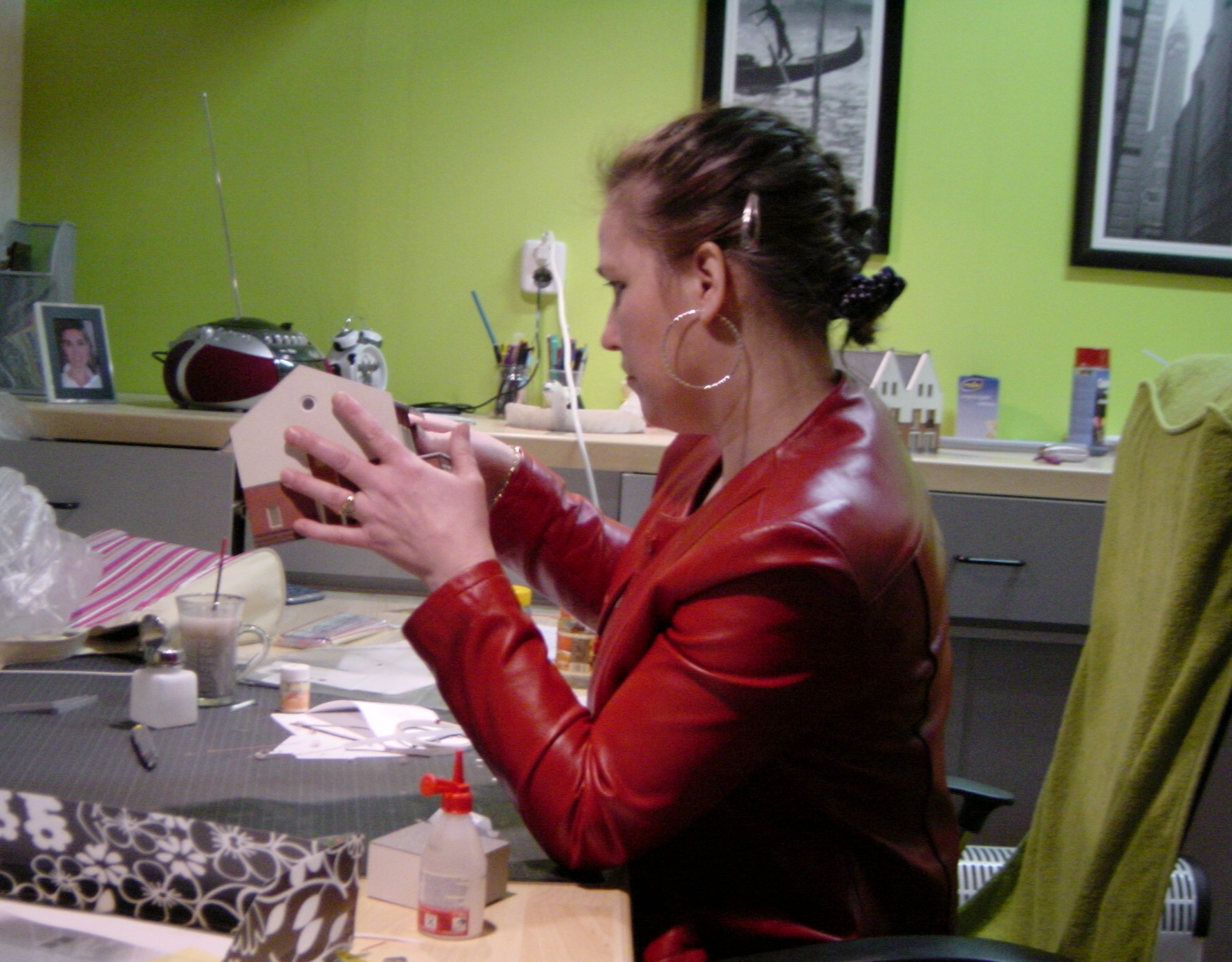You don’t hear often, that someone makes models for a living. One of the reasons may be that this profession demands contradictory personality traits. One should of course be creative and artistic, but let’s be honest: the artists among us are often chaotic and order and tidiness are not the virtues, that are high on their priority list. Although there might be exceptions to the rule, these are people, who don’t want to waste time on putting the cap back onto the toothpaste, dropping their smelly socks in the laundry basket, sewing a button back onto a shirt or opening their mail right away. They just never seem to know, where they have left their stuff and would like to ban words like ‘administration’, ‘agenda’ and ‘archive’ from their vocabulary. I can assure you: with this behavior you will not go far in the model building business.
A model builder should be punctual, neat and precise, but the problem is that these personality traits don’t go hand in hand with the necessary artistry. People with these qualities you will probably find among brain surgeons, air leaders or forensic investigators, but certainly not among the best model makers. I don’t want to say that someone should be kind of schizophrenic to be a good modelmaker, but I do think that successful model builders are constantly at war with themselves. Within me lives both a creative scatterbrain, with unbridled imagination, as a perfectionist, who structures the ideas and ensures that everything runs neatly and within the time frame. Frankly, I do not think that this combination of character traits can be taught. I was born that way, so to speak.
Just like an ordinary contractor, a model builder builds a model based on drawings made by an architect. They got to go through the same process: work planning, ordering materials, work performance, managing people etc. Of course there are also differences. In the first place measurements and scale. You won’t experience the buildings of a model from ground level, but from bird’s view, and a crane is certainly not necessary to build a model. For that matter, a modelmaker seems to have an easier job than an ordinary contractor. However, there is one thing, that makes model building more difficult and more artistic and that is the translation, that must be made from full size to scale size, without detracting the ambiance of a certain location or the image that the architect wants to achieve in reality. As a contractor can start building according to construction specifications, a model maker must first convert the same specifications into materials and colors, that approach reality on scale. How do you display a brick wall on scale 1:300 for example? Not by showing the joints between the bricks, because when you look at a real building from a long distance, you won’t see them either. Colors must not be literally taken over from reality, but be faded out a little bit in the model. The question is: how much? That is often a matter of feeling. What is equally important as the materials and colors are the levels of detail and abstraction. Those depend on both function and scale of the model. The question should not be: how many details do I add to the model, but: how many can I leave out and still make a good model, that reaches its goals. That’s why model building is sometimes called the ‘art of omission’.
The profession of a model maker

